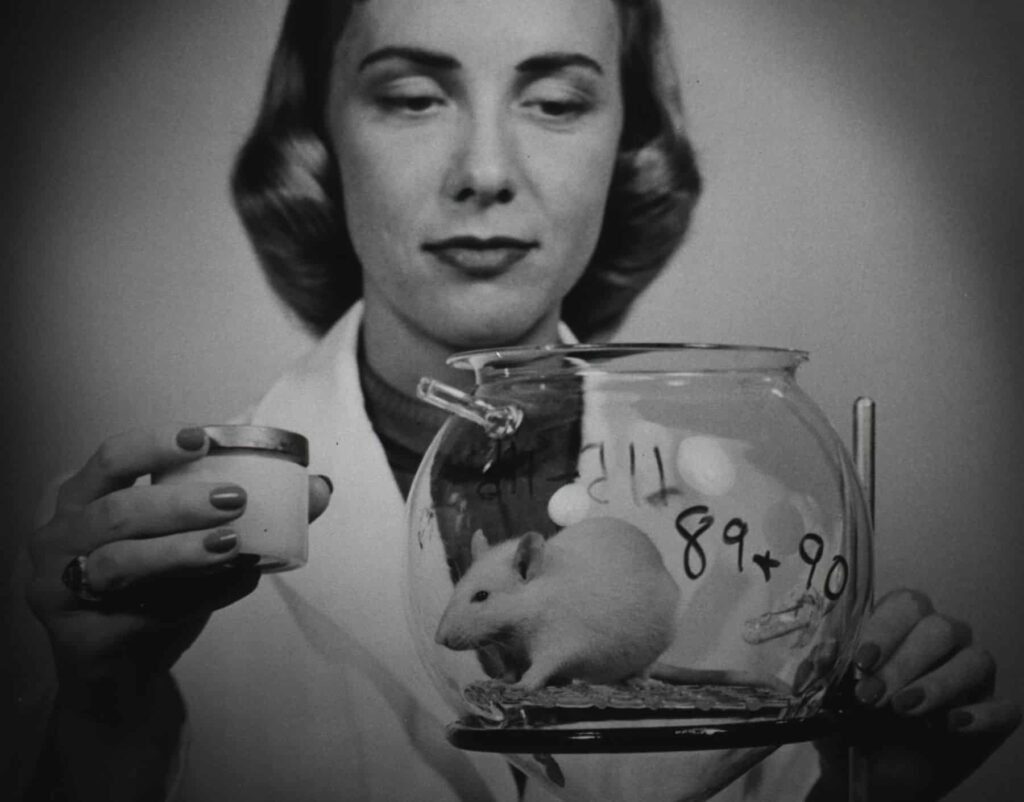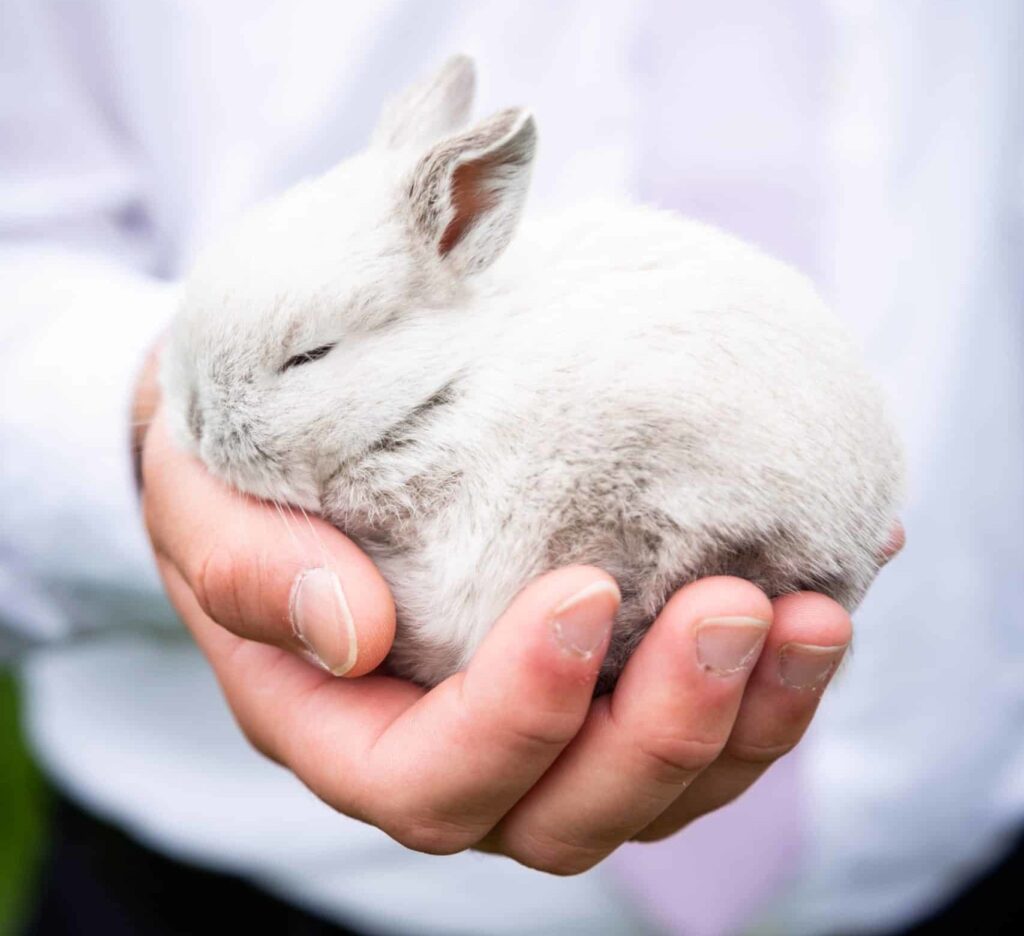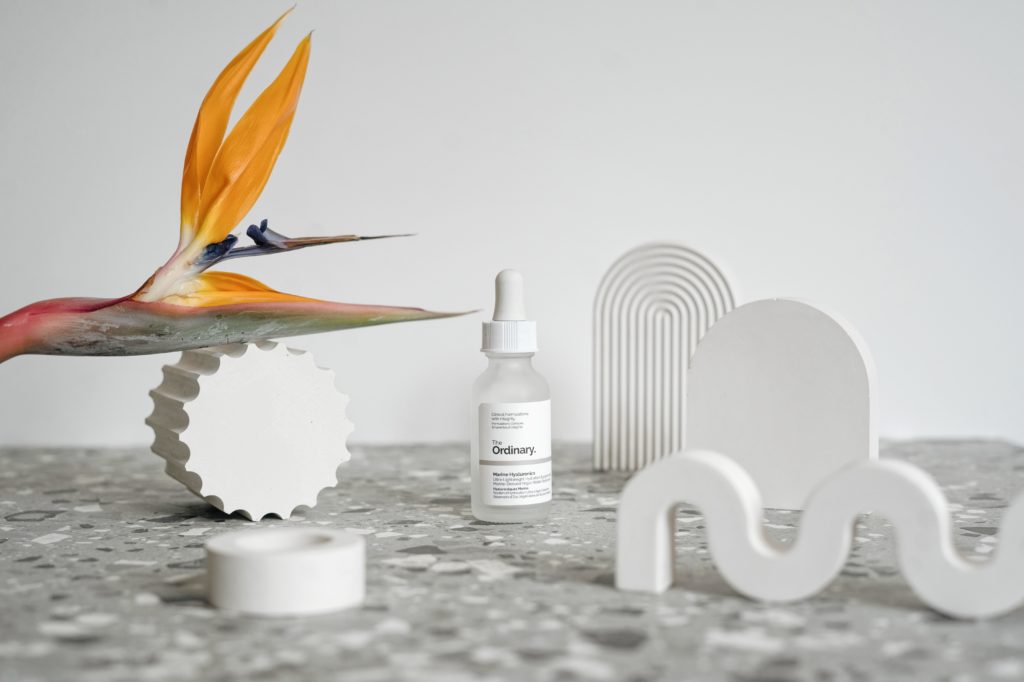EUROPEAN REGULATIONS ON ANIMAL TESTING IN COSMETICS
The issue of animal testing in the cosmetics industry has garnered significant attention from the media and is now recognized as a serious concern worldwide.
The current regulations on cosmetic products include an entire chapter (Chapter V), and Article 18 outlines all aspects of animal testing related to cosmetic products. We recommend you read next our in-depth article on regulatory compliance in Europe and UK.
Here is a brief overview of the legal requirements:
Can finished cosmetic products be tested on animals?
In Europe, animal testing on finished cosmetic products has been officially banned since 2004. However, the cosmetic industry stopped testing finished products on animals in the 1980s.
Can raw materials be tested on animals?
Since March 2009, animal testing for cosmetic purposes has been banned across Europe. This means that animal testing cosmetic practices for safety tests on ingredients can no longer be carried out. To understand how cosmetic ingredients are evaluated for safety, you can read our article on the Toxicological Evaluation of Cosmetic Raw Materials.
Can you sell cosmetics that contain ingredients that have been tested on animals?
Since March 2009, animal testing for cosmetic purposes has been prohibited throughout Europe. This means that animal testing cosmetic practices for safety tests on ingredients can no longer be carried out.
Is it permitted to sell cosmetics that contain ingredients tested on animals?
In Europe, it has been forbidden to sell cosmetic products that contain ingredients tested on animals since March 2009.
Are there any exceptions?
The 2009 ban excluded some long-term toxicity studies for raw materials. However, since March 2013, no cosmetic products can be sold in Europe if they contain ingredients that have been tested on animals anywhere in the world. It’s important to note that ingredients tested before this date are not considered illegal.
Additionally, the regulation addresses the topic in two other articles and one annex:
- Article 11 on Product Information File: This file must include data on any animal testing carried out by the manufacturer, agents, or suppliers concerning the development or safety assessment of the cosmetic product or its ingredients. This includes any animal testing carried out to meet the legislative or regulatory requirements of third countries.
- Article 20 on Product Claims: Manufacturers may refer to the fact that no animal tests have been carried out on the finished cosmetic product or its ingredients only if they have not carried out or commissioned any animal testing.
- Annex VIII, which aims to compile a list of validated alternative methods to animal testing.
This list includes alternative methods validated by the European Centre on Validation of Alternative Methods (ECVAM) of the Joint Research Centre. It should be noted that animal testing may not be entirely replaced by an alternative method.
As of today, Annex VIII is still empty.
How many animals have undergone these types of tests?

According to the COMMISSION STAFF WORKING DOCUMENT IMPACT ASSESSMENT ON THE ANIMAL TESTING PROVISIONS IN REGULATION (EC) 1223/2009 ON COSMETICS, 8988 animals were reported to be used for cosmetic purposes in the European Union in 2004. This number decreased to 1510 animals in 2008 and to 344 animals in 2009. Rats, mice, guinea pigs, and rabbits are the animals typically used for testing purposes. Since 2009, any animal testing cosmetic practices have been carried out outside of the EU, and an estimated 15,000 to 27,000 animals are used for these types of tests each year.
Is it true that cosmetics were the cause of most animal testing in Europe?
According to the Italian Association of Cosmetic Enterprises (CosmeticaItalia, formerly known as Unipro), animals used in tests related to the cosmetic industry represented only 0.016% of the total number of animals used for scientific and safety tests in the European Union in 2008. This information is sourced from the 2010 European Commission Report on 2008 data.
What are these tests for?
The tests are conducted to determine the safety profile of ingredients and products. Manufacturers are required to carry out a safety assessment, which includes studying the intrinsic properties of all ingredients in the product, to ensure the safety of their products. Key endpoints, such as whether the ingredient can cause allergies or damage to the human body as a result of repeated use, such as cancer, must be addressed. Animal testing cosmetic data is often used to assess these questions.
Testing to obtain such data doesn’t have to be carried out by the manufacturer. In many cases, safety data is available from the ingredient manufacturer or other sources. Testing does not need to be performed for each batch or product; it’s sufficient to have it done only once.
The toxicological profile of an ingredient is typically determined relatively early in the product development, around 2 to 3 years before the product reaches the market. Testing methods must comply with the principles of good laboratory practice and follow defined testing protocols set out in Council Regulation (EC) 440/2008 and in the OECD Testing Guidelines. Manufacturers must document whether animal testing data has been performed or not in their safety assessment, which must be kept available to the authorities.
What tests were carried out on animals?
Before the introduction of European laws, animals were subjected to repeated toxicity and chronic toxicity tests, which involved administering low doses of the substance to be tested for long periods of time or the animal’s entire life. Reproductive toxicity or teratogenicity tests were also conducted to examine the ability of the substance to cause defects in offspring when given to a pregnant animal. Additionally, toxicokinetics tests were performed to determine how the substance reached cells and organs, potentially causing biological damage.
How can animal testing be replaced by other methods?

Significant progress has been made in the search for alternative test methods. Several methods have been validated by the European Union Reference Laboratory for Alternatives to Animal Testing (EURL ECVAM) and have been included in OECD Testing Guidelines and respective Union legal texts. For example, reconstructed human skin models exist to test whether an ingredient can cause skin irritation, reducing the reliance on animal testing cosmetic procedures.
However, for complex health effects that affect the entire human organism, the situation is more complicated. Nonetheless, methods have been validated or are undergoing validation, which can be used as building blocks within an overall testing strategy. Replacement, however, won’t be achieved by substituting one animal test with one in vitro test, and it’s difficult to predict when full replacement will be possible. More research is necessary.
To this day, there are no official alternative methods that cover all types of tests necessary for marketing a new ingredient. This is why Annex VIII of the Cosmetics Regulation relating to this aspect remains empty. As a result, the cosmetic industry is required to engage in research and development of new methods to assess the safety of ingredients.
This topic has an impact beyond the cosmetic industry. If a new method is validated for cosmetics, other industries will also need to use it and give up animal testing.
WHat is being done to find alternative methods?
To find alternative methods to animal testing, the Commission made around EUR 238 million available between 2007 and 2011. The largest part of this budget, around EUR 198 million, was spent on projects through the 6th and 7th Framework Programmes. The second largest part was spent on the European Reference Laboratory for Alternative Methods to Animal Testing. The Commission recognizes the importance of continuing this research, as noted in the Communication adopted today.
The cosmetics industry plays an active role in the development of alternatives. For example, the SEURAT-1 initiative (‘Safety Evaluation Ultimately Replacing Animal Testing’) in the field of repeated dose toxicity is a specific example of such industry involvement.
Does that mean that all ingredients used in cosmetics are not tested on animals anymore since 2013?
No, it is not entirely true. Although animal testing for cosmetic purposes has been banned in the EU since 2013, there are still exceptions. For instance, animal testing can still be carried out for some ingredients used in non-cosmetic products, such as cleaning products. Also, if a new substance is developed for use in other areas such as food additives, it can still be tested on animals and then used in cosmetics.
Can companies that market products around the world test on animals?
If a company wants to sell its products in the European Union, it cannot test new ingredients on animals. However, they can still test products on animals for some markets, like China. It can be difficult for consumers to navigate and identify products that are not tested on animals worldwide. That’s where certifications from animal welfare associations come in handy. These certifications can be used to ensure that products have not been tested on animals. Recommended reading: NATURAL, ORGANIC, CLEAN AND VEGAN COSMETICS: MASTER THE DIFFERENCE!
How should a company act to assess the compliance of a raw material?
To ensure that the raw material is compliant with animal testing regulations, companies can request a specific declaration of conformity from the supplier. The supplier should have such a document available for serious companies that produce or distribute raw materials for cosmetic use.
Claiming “Not tested on animals” is a misleading statement
According to the European Commission, the claim “not tested on animals” is considered misleading and deceptive since animal testing for cosmetic purposes has been banned in the EU since 2013. To overcome this, animal welfare associations have created certification standards that allow companies to use logos that confirm that their products comply with specific requirements regarding animal testing.
So, what does “No animal Testing” mean?
The claim “no animal testing” can be a question of image or marketing since finished products and individual raw materials cannot be tested on animals by law. However, third-party certification for “cruelty-free” products can ensure that products follow specific requirements for avoiding animal testing.
Available certifications

There are several certifications available on the market, each with different standards that need to be met to obtain it. For example:
The Leaping Bunny standard guarantees:
• The indication of the date beyond which products and individual ingredients tested on animals have not been produced, commissioned, purchased, or used.
• The absence of animal tests for the product or on individual ingredients in any part of the world.
• A continuous monitoring system on the company and its suppliers at least every 12 months, through regular independent checks, to ensure compliance with standards is maintained.
ICEA operates as a control body on behalf of LAV, the only Italian member who, together with other European associations, has shared the criteria for Leaping Bunny certification.
The products certified by ICEA-LAV guarantee:
• A cruelty-free company policy, applied to all its cosmetics or detergents for both the finished product and individual ingredients.
• The absence of raw materials derived from parts of live animals, slaughtered or derived from their killing and suffering.
• A commitment to discourage animal experimentation on ingredients, selecting them according to specific criteria.
PETA certification, with the Global Beauty Without Bunnies program, guarantees that:
• The brand does not conduct, commission, finance, or allow tests on animals at any stage of development, for both individual ingredients and the final product from the time of signing the agreement with PETA. Companies need to ensure that their suppliers do not conduct, commission, or permit testing either.
PETA uses two different certifications on its products: the “cruelty-free” bunny and the one with the words “cruelty-free and vegan,” with the latter indicating cosmetics and detergents without any ingredient of animal origin.
Naturewatch certification guarantees that:
• The producers have set a date after which no more animal tests have been carried out.
• The brands are not owned by any other company or part of any subsidiary companies that test on animals.
• Products are not exported for sale to China, where animal testing was still required by law until May 2021.
There are also many other manufacturers who do not test on animals but are not certified. If you have any doubts about a product, we suggest you contact the manufacturer and ask for information about the tests. We recommend you to read next our article on Natural cosmetics certifications and EU cosmetic labelling regulations.
Do you have any questions or concerns about your business? Please let us know, and we will be happy to help!



